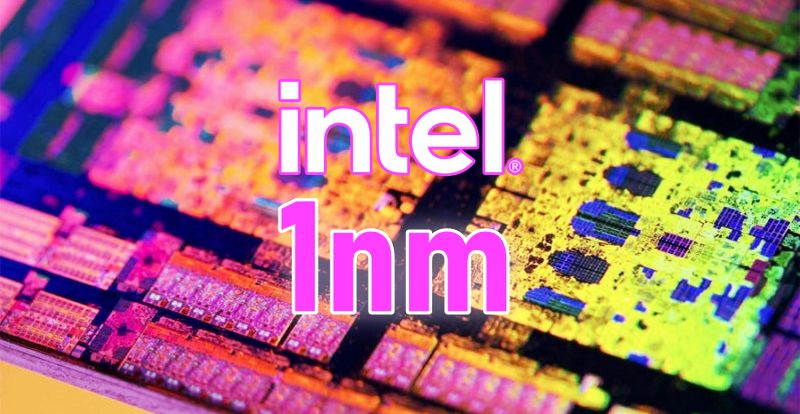Intel is preparing for future 1.4nm 14A and 1.0nm 10A nodes to be used in its upcoming processors, GPUs, and other products. The company continues to work on new advanced process nodes using EUV lithography.
Intel already has complete 1.4nm and 1.0nm 14A and 10A nodes
We know that the current Core “Raptor Lake” processors, for example, use an Intel node, as do other products like the Xeon “Sapphire Rapids” and the Xe-HP and Xe-HPC GPUs. However, Intel is already looking to the future.
According to reports, there is an Intel roadmap for the next few years, in which the company plans to introduce about 3 nodes. We are talking about Intel 3, 20A and 18A. Intel 4 is already ready for use in Meteor Lake processors and Granite Rapids, and the next step will be Intel 3, which will use EUV lithography to enable greater modularity, with PPW increasing to 18%.
ASML, which is responsible for the EUV lithography machines, is expected to reach 1nm in 2028, although it will help Intel reach 1.4nm nodes by then.
Intel was already planning to use 20A and 18A nodes, but now that roadmap is being extended to 14A and 10A nodes to achieve 1.4 and 1nm equivalent nodes, respectively.
At this time, it is not known what products will be used in the 20A and 18A nodes, but they will include new transistor technologies. 20A will use RibbonFET (ribbon field-effect transistors) and PowerVia (back-end power supply network), while 18A will use High NA’s second-generation RibbonFET transistors with EUV lithography.
Unlike AMD, which relies on node technologies introduced by TSMC, its main partner for manufacturing its chips, Intel appears to be working hard to introduce new nodes.
Currently, EUV lithography machines cost about $150 million, but in the next generations, the cost of each of these machines would reach $400 million.
